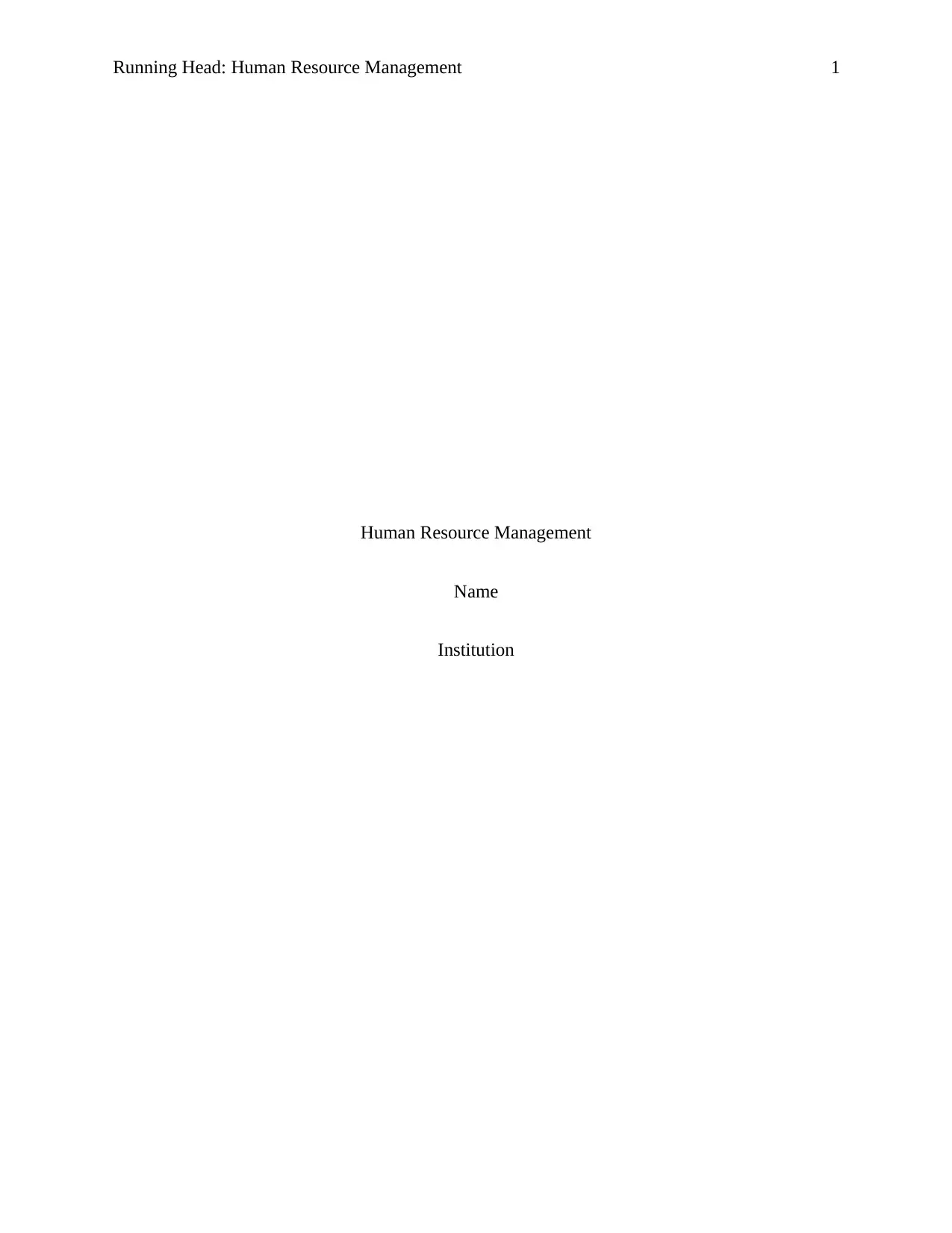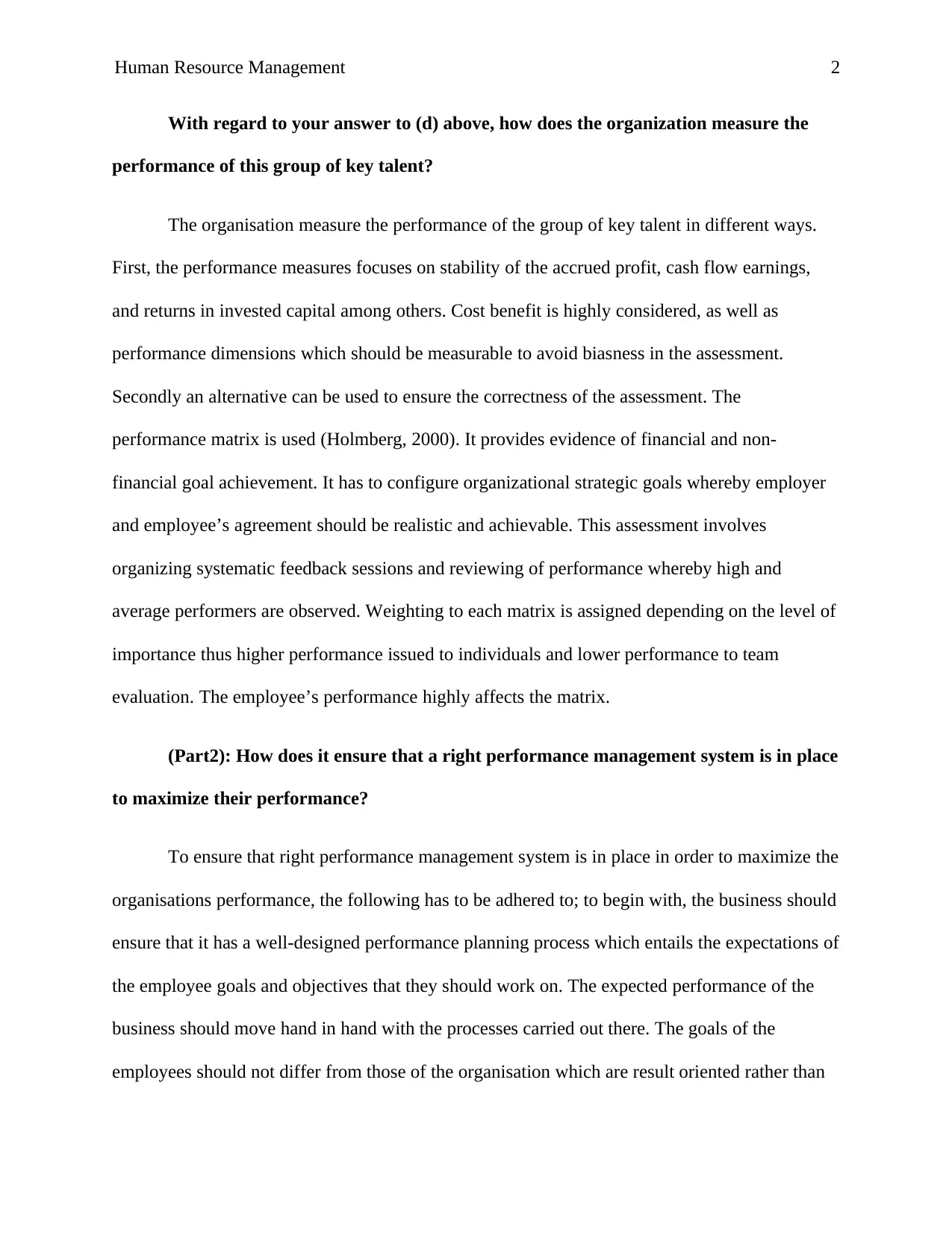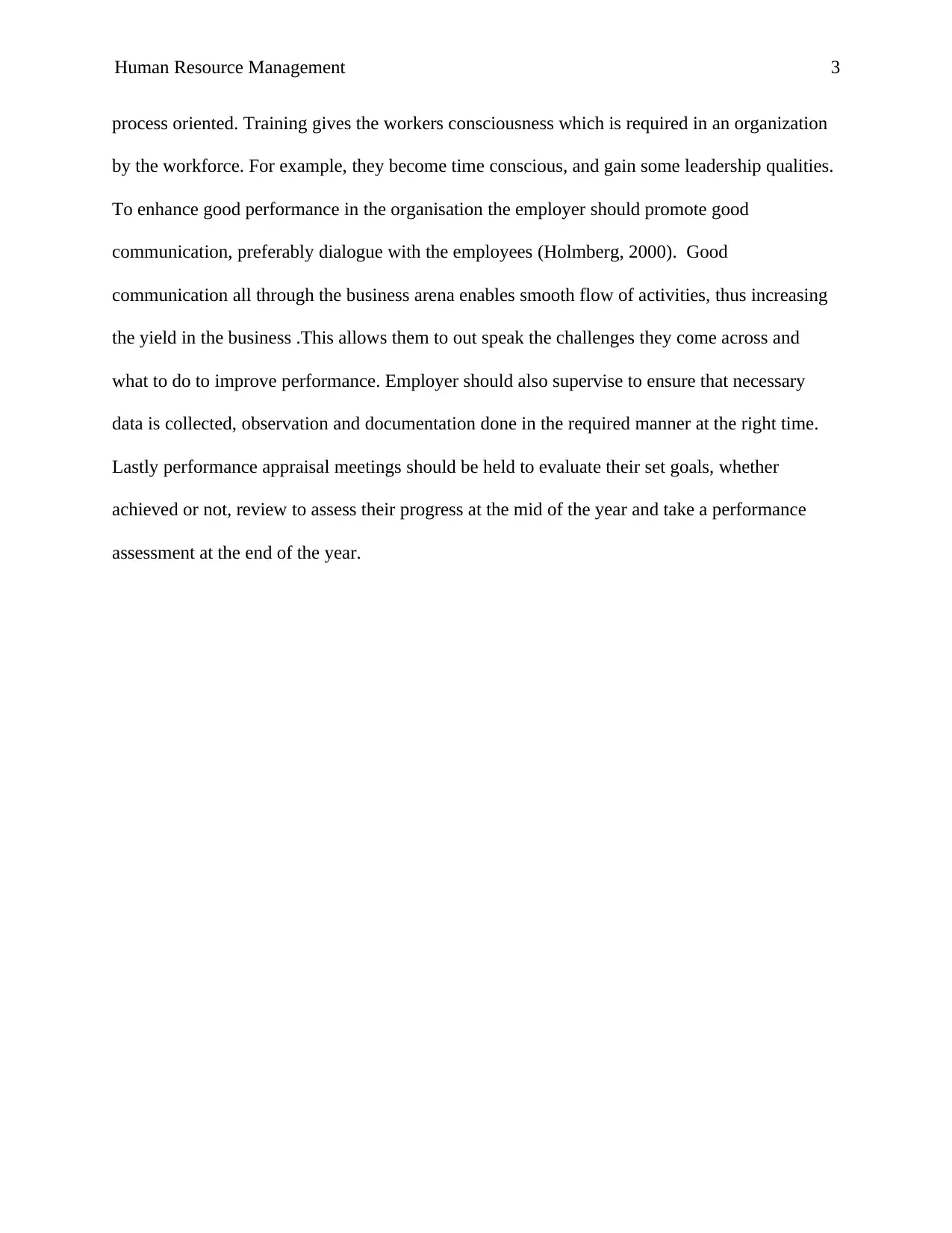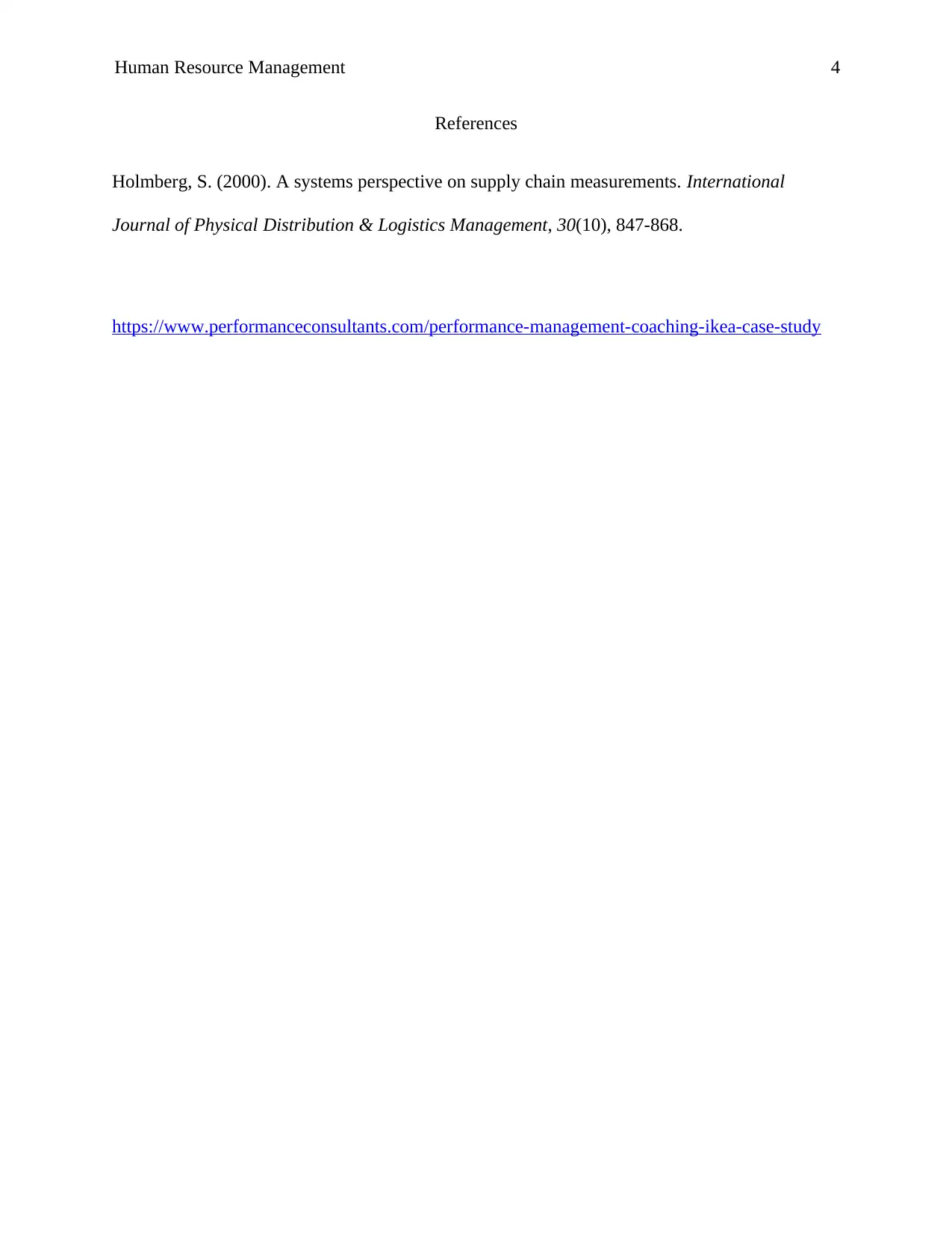HR Management: Performance Measurement & System Implementation
VerifiedAdded on 2023/06/12
|4
|533
|424
Report
AI Summary
This report explores how organizations measure the performance of key talent, focusing on financial metrics like profit, cash flow, and return on invested capital, alongside non-financial measures. It emphasizes the importance of cost-benefit analysis, quantifiable performance dimensions, and the use of performance matrices to evaluate goal achievement. The report also details strategies for implementing effective performance management systems, including well-designed planning processes, alignment of employee and organizational goals, training, open communication, and regular performance appraisals. The ultimate aim is to maximize organizational performance by ensuring that performance management systems accurately reflect and support strategic objectives.
1 out of 4









![[object Object]](/_next/static/media/star-bottom.7253800d.svg)